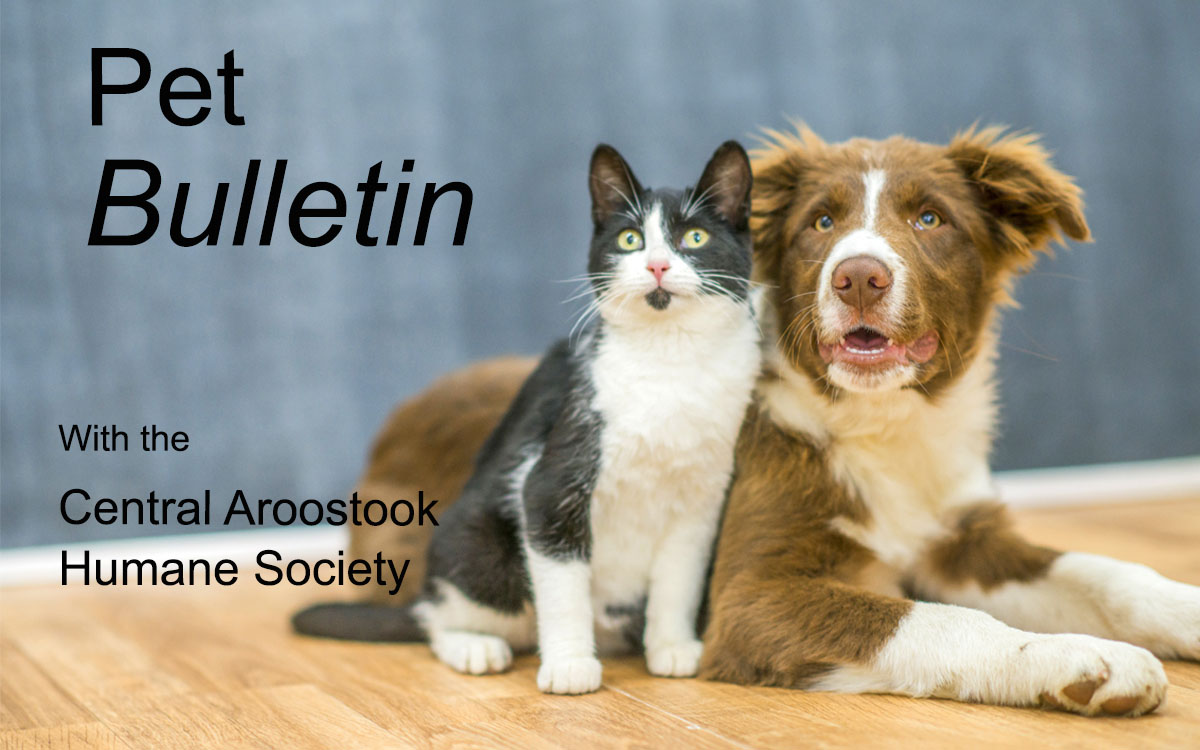Some owners who are worried about getting bad news from the veterinarian will avoid scheduling an appointment for as long as possible. But if your cat has begun to urinate outside the litter box, any underlying causes must be addressed before any other changes can be made.
If your cat has bladder stones, changing the type of cat litter you use is a waste of time and money, and in the meantime, your cat continues to suffer. A visit to your local veterinarian to rule out health problems is an absolute necessity. And the sooner the better, because once a cat has made the decision to urinate outside the litter box, it is not always easy to change his mind.
Some of the medical causes can be easily and inexpensively cured, particularly when diagnosed early. Certain types of bladder stones can be dissolved with changing your kitty’s diet. Other problems may be more difficult to address, but it’s better to know what you’re facing than to try to deal with a health concern without adequate information.
In most cases, once an underlying medical problem is correctly treated, cats begin to use their litter boxes again. However, if they have begun to think that the carpet, tile, couch, etc. is their “new” litter box, or if they have received a clean bill of health and you are dealing with a behavioral cause for inappropriate urination, it is time to take a look at the cat’s environment.
The goal is to make litter boxes as appealing as possible. Make sure you have thoroughly cleaned up every spot where a cat has urinated outside the box with a product that eliminates the smell of cat urine.
Clumping cat litter is best. Try using an unscented litter containing activated charcoal.
Keep the boxes impeccably clean. Scoop them out once or twice a day and dump, wash, and fill them with clean litter once a month.
Always have at least one more litter box than the number of cats in the house. Having multiple boxes not only spreads the waste around, keeping each box cleaner until you get a chance to scoop, it also helps reduce conflicts between cats around the boxes.
Place extra litter boxes over the areas that have been soiled and then gradually move them where you want them. Once litter box use has been reestablished, you can remove any boxes that are rarely used.
Most cats prefer large, uncovered litter boxes. A traditional enclosed box can be claustrophobic, smelly, and difficult to turn around in. Also, make sure the sides of the box are low enough for cats to easily step in and out.
Large, plastic storage totes can be easily turned into litter boxes that cats seem to adore. These improvised boxes have the advantage of having tall sides to help eliminate “splatter.”
Bottom line: happy, healthy kitty, happy pet owner.
Check out the Central Aroostook Humane Society Facebook page or stop in to see what pets are available for adoption. Remember to be responsible pet owners: spay and neuter.
Gloria J. Towle is the secretary for the Central Aroostook Humane Society board of directors.








